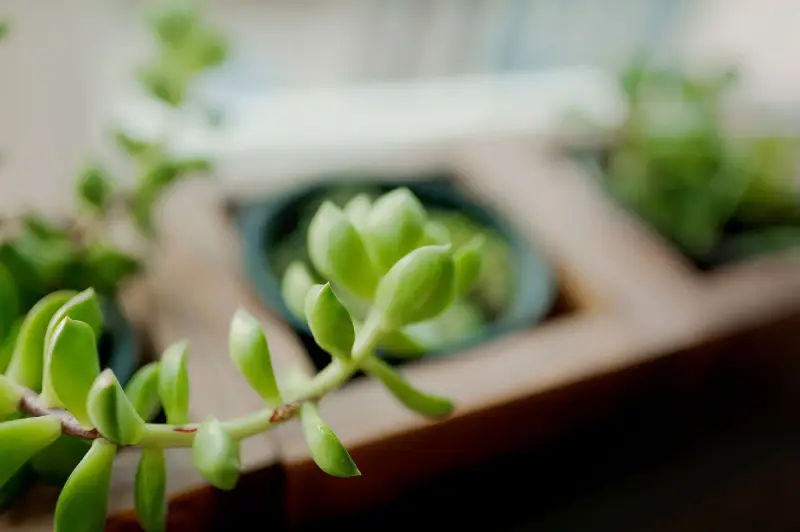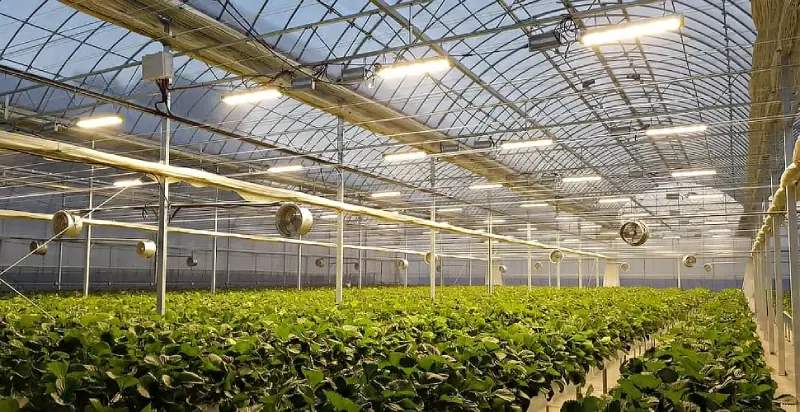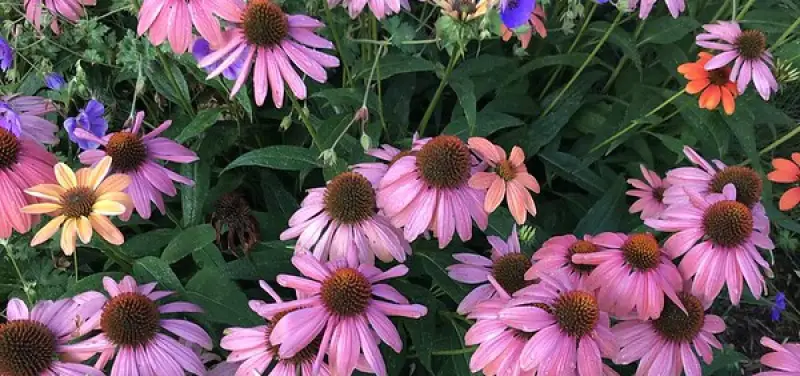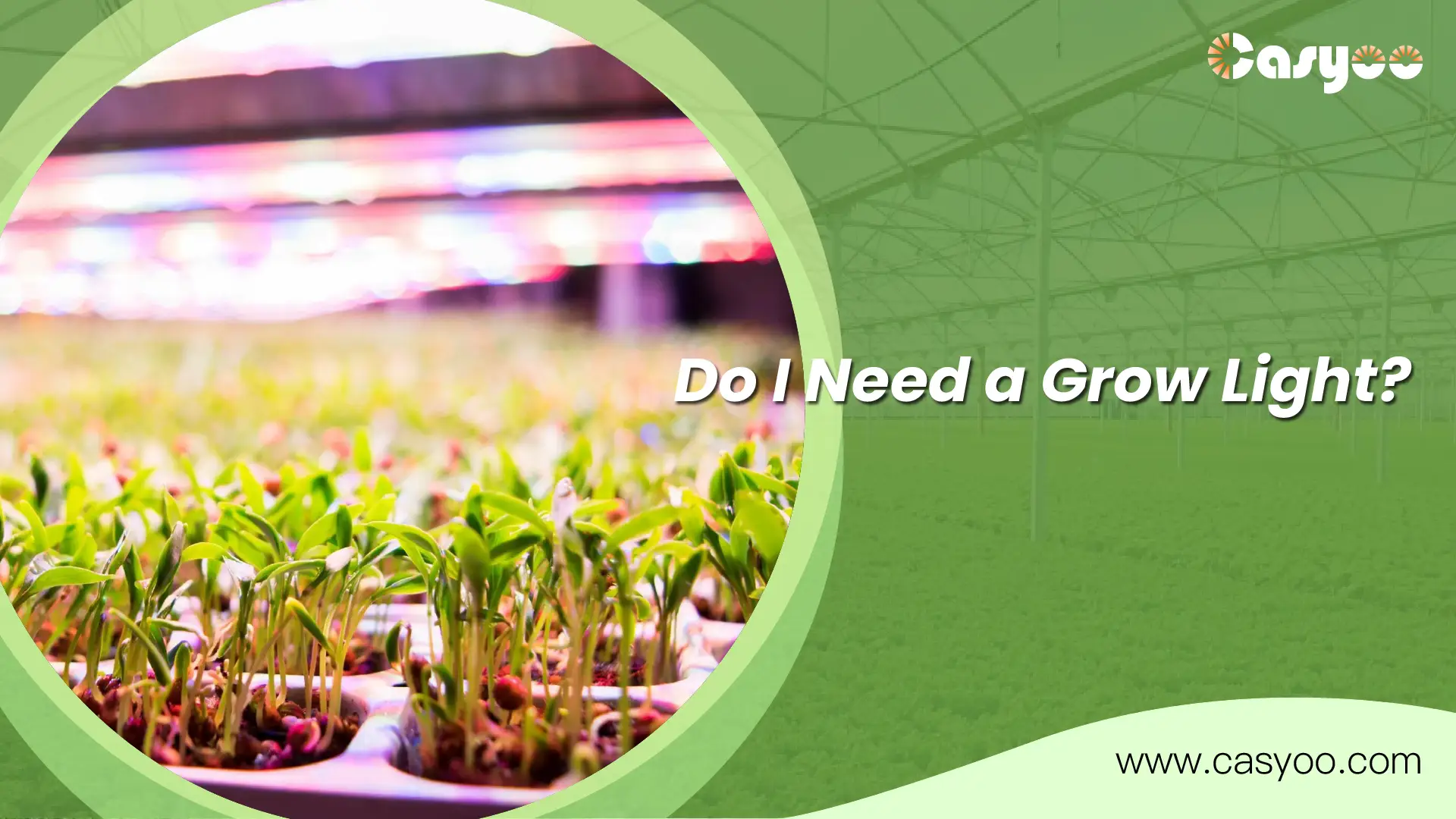Gardening indoors has never been easier. No matter where you live, you can use grow lights to grow your favorite herbs, fruits, and flowers all year round. But are grow lights worth it? Yes! Grow lights mimic the spectrum of sunlight, using specific wavelengths to encourage the photosynthesis process in plants. Read on to find out whether you need a grow light or not!
Is natural sunlight preferable to grow lights?
Full-spectrum grow lights are made to mimic the spectrum of sunlight. This light, while artificial, functions in much the same way as direct sunlight.
Therefore, it depends on your specific situation. If you are looking for the most eco-friendly lighting option and have access to ample light, then natural light is the way to go. However, if your plants are limited by location or season, or if you want more control over the growing conditions, grow lights are the best choice.
Why do you need a grow light?
Most plants need at least 3-4 hours of natural sunlight per day, and many crops (especially vegetables) need up to 12 hours of light. Indoor plants may not get enough light, especially in the winter or on rainy days, so grow lights can supplement the light to support the plant’s growth activities.
Here are the signs that your plants are not getting enough light:

- Sparse growth.
- Spindle stems.
- The gaps between branches and leaves are widening, and the leaves are becoming more delicate.
- You will see fewer buds, and therefore fewer flowers.
- The plant is stretching towards the light and becoming leggy.
Types of grow lights
There are three different types of grow lights that you can choose. They are:
CFL
CFL grow lights are easy to install and are the most accessible and simplest option for beginners. They do not require a lot of energy and emit very little heat. CFLs provide more lumen output than incandescent bulbs and consume less wattage. They also run much cooler than HSP and LED fixtures. If you are only growing vegetables and have a small garden, CFL bulbs may be a good choice. But for larger gardens or flowering plants, they are not powerful enough to be the main source of lighting.
HID
They are more affordable upfront but are not as energy-efficient as LEDs. In fact, HID lights require bulb replacement every year because they emit a lot of heat. HIDs are half the price of LEDs, but maintenance costs can vary since LEDs require servicing every 5-10 years, while you have to buy new HID bulbs after 15-18 months.
LED Grow Lights
They are best suited for commercial growing. They support full-cycle growth and are the most energy-efficient of all grow lights. LED grow lights give you more control over the color spectrum to suit your plant growth.
LED grow lights have a service life of 5-10 years. While LED lights have higher initial costs than HIDs and CFLs, they are more affordable in the long term since you won’t have to replace bulbs for years.
Advantages of Using LED Grow Lights

Greater Light Diffusion and Uniformity
The greater the diffusion of photons produced, the better the uniformity across the canopy.
Full Spectrum
LED grow lights can emit a full spectrum, greatly enhancing plant growth efficiency.
Customizable Spectrum
The spectrum of LED grow lights can be altered depending on what crops you’re growing and what growth stage they’re in.
Long lifespan
The average lifespan of an LED grow light is 50,000 hours or more, while the estimated lifespan of an HID light is between 10,000 and 18,000 hours.
Low heat waste
LED lights operate at much lower temperatures than HID lights.
Closer to the canopy
Since LEDs operate at lower temperatures than HIDs, they can be placed closer to the canopy, resulting in less light loss.
Efficiency
Less energy is required to transform electrical energy into useful photons.
Lower power consumption
Since they require less power to produce almost the same number of photons as an HID, your electricity bill will be effectively reduced.
Size
LEDs are very adaptable to a variety of lighting applications, as they can come in different sizes, some of which are very small.
Less carbon footprint
Increased energy savings transfers less electricity consumption.
100% recyclable
LEDs do not contain any toxic substances, such as mercury. This means that all premium LEDs are RoHS-certified.
Disadvantages of Using LED Grow Lights
Higher Initial Investment
LED lights mean a larger initial investment than HID lights. However, this higher initial investment will pay off in the medium to long term.
Blue Light
Prolonged exposure to blue light can hurt your eyes and body.
Are LED grow lights the best choice for plant growing?
It depends on your goals in terms of plant growth.
LED grow lights have many advantages, such as lifespan, low temperature, adjustable size, efficiency, full spectrum lighting, and so on. Your indoor crops will grow stronger and produce more under LED lighting.
However, if your goal is short-term planting and upfront cost is your main concern, then HID lights may serve you better. With strong light intensity, HID lights are favored in large production. However, if you use HID lights, you may need to invest in some cooling equipment since they emit a lot of heat.
How long should I keep LED grow lights on?
Each plant has a specific photoperiod. In general, there are three types of plants:
Long-day plants: 14-16 hours of light
Long-day plants refer to plants that can only bloom when the daylight duration exceeds a certain value (generally more than 14 hours), and the longer the light duration, the earlier the flowering. Otherwise, they will only grow vegetatively and cannot form flower buds.
The more common long-day plants include burdock, aster, impatiens and pyrethrum, and crops include winter wheat, barley, rapeseed, spinach, beet, cabbage and radish. Long-day plants generally bloom in late spring and early summer. If the daylight duration is extended and the dark duration is shortened, it can promote early flowering. On the contrary, extending the dark duration will delay flowering or not bloom.
Short-day plants: 8-10 hours of light

Short-day plants refer to plants that can only bloom when the daylight duration is shorter than its critical day length, otherwise, they will only grow vegetatively.
Common ones include cocklebur, morning glory, chrysanthemum, etc.; crops include rice, soybeans, corn, tobacco, hemp and cotton, etc. These plants usually bloom in early spring or late fall.
Day-neutral plants: 12 hours of light, 12 hours of darkness
The length of the night has no significant effect on the formation of flower buds, and as long as the growth is normal, it will not affect flowering. These plants have roses, purple jalapa, dianthus, cyclamen, geranium, etc.
Final thoughts
Grow lights can fundamentally benefit your plants. We have a wide LED selection in the store. And if you have any questions, feel free to contact us!




